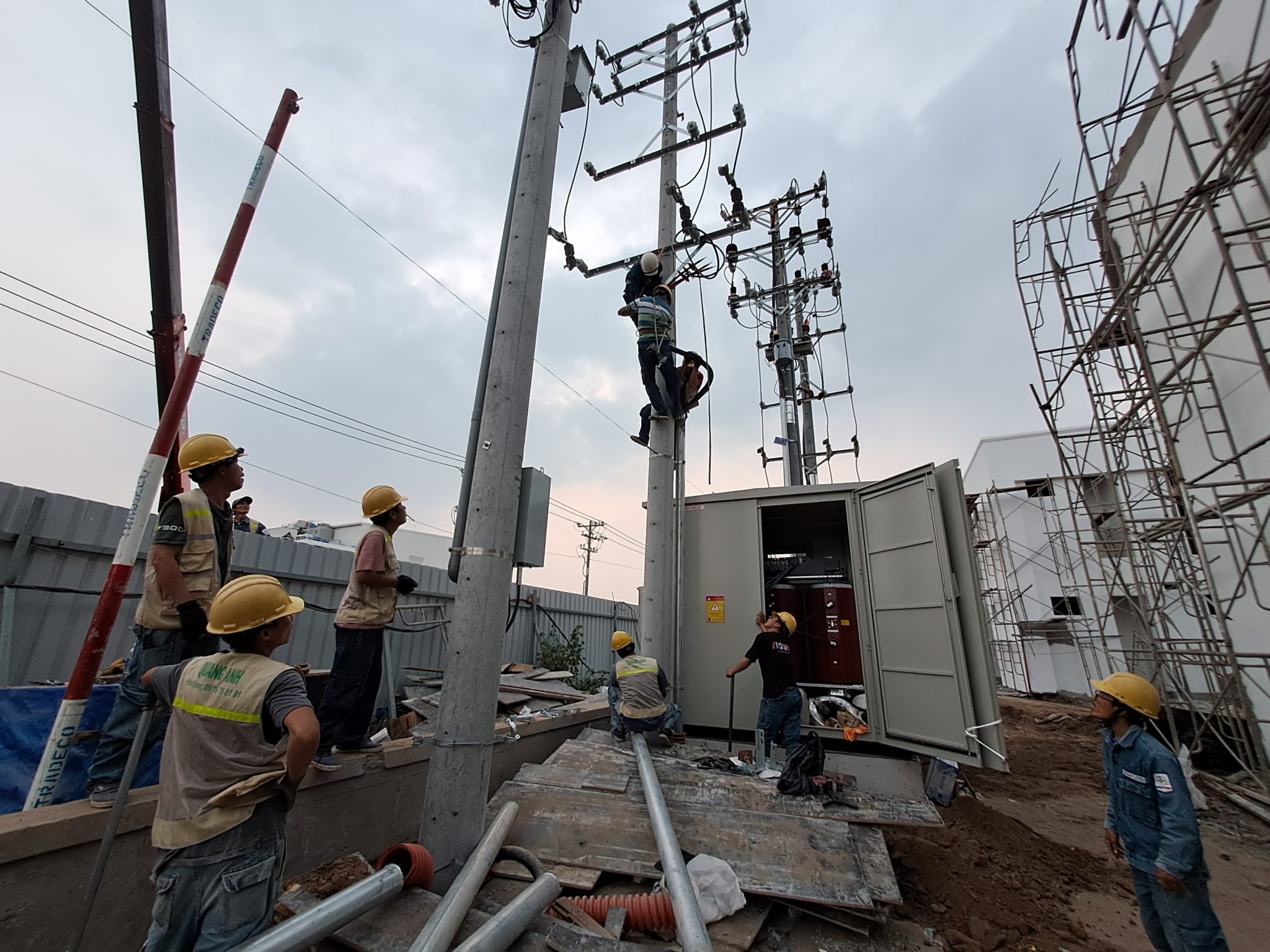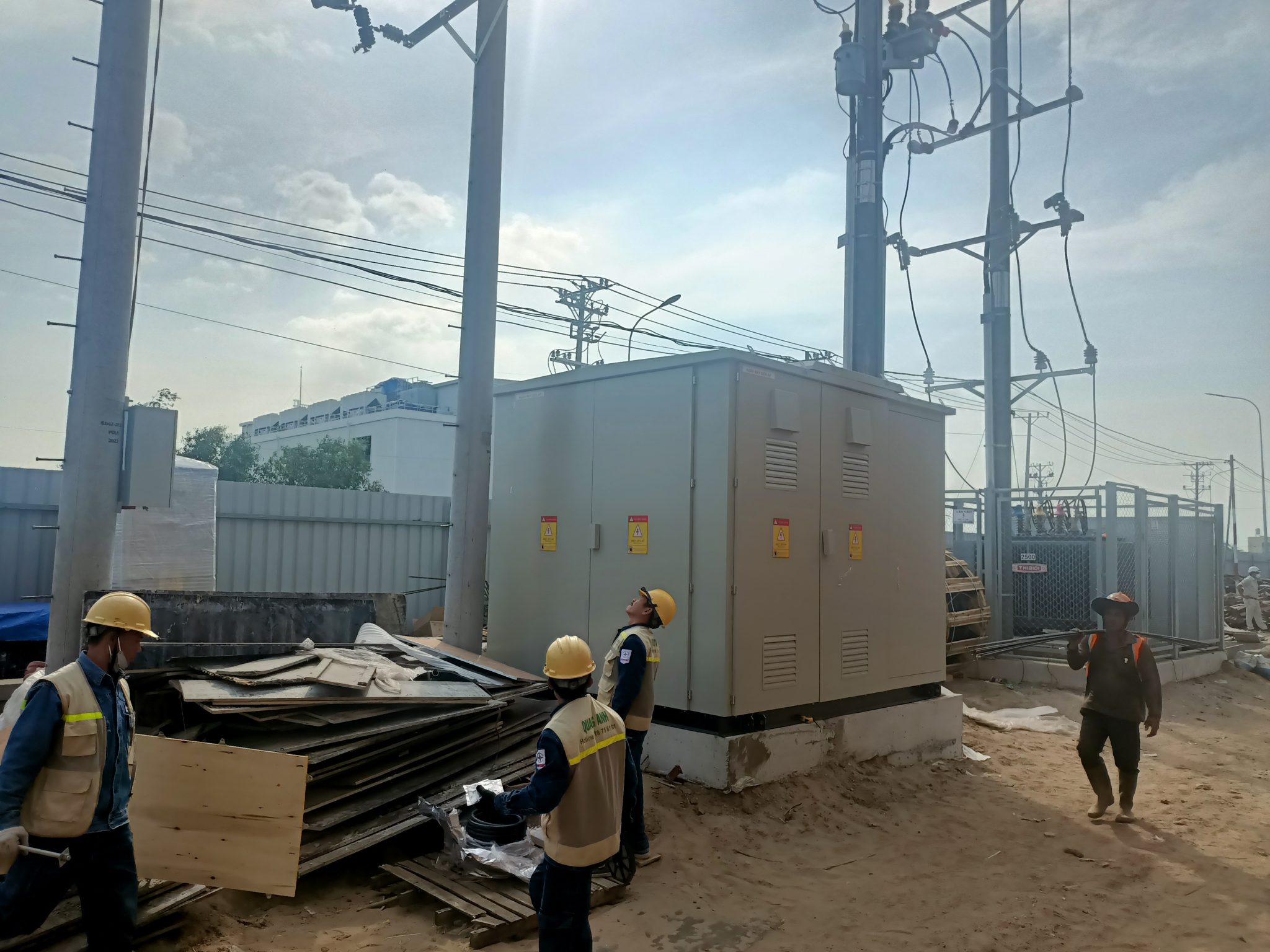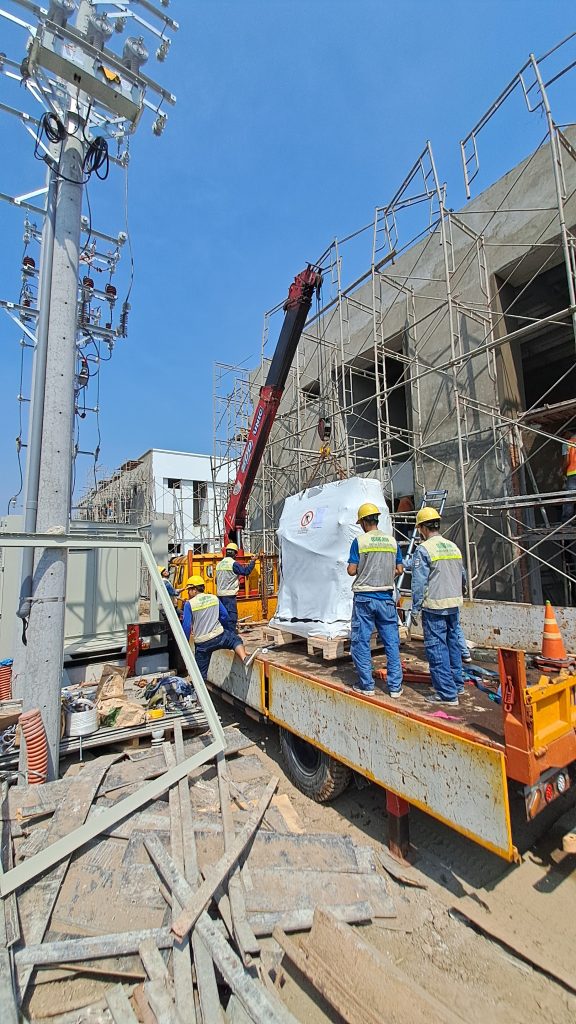News
Transformer Substation Quote – Latest Market Information Compilation
Objective compilation of transformer substation quotes based on technical standards and industry regulations, excluding information from rival companies upon request.
Common Capacity Classification of Transformer Substation
Transformer substations are classified by capacity and input/output voltage, including small capacity single-phase substations 75kVA–100kVA, and three-phase substations from low range (15–100kVA), medium range (160–320kVA), to high range (400–800kVA+). Each type of substation has relevant applications and capacity levels suitable for different usage demands.
In the electricity sector, transformer substation capacity is determined based on specific usage needs and applications. Businesses and system engineers need to grasp this to choose the most optimal solution.
Common capacities of transformer substations include:
- 50 kVA: Suitable for households or small businesses. This is the ideal phase capacity for places with low electricity consumption needs.
- 75 kVA – 100 kVA: Used for medium-scale projects and small buildings, suitable for single-phase transformer substations.
- 160 kVA: Meets higher energy demands, commonly found in medium-scale production facilities.
- 250 kVA – 400 kVA: Often used in industry and larger buildings. These are important phase power capacities in the sector.
- 500 kVA – 630 kVA: Applied in large-scale projects, where many energy-consuming devices are needed.
- 750 kVA – 800 kVA: Chosen for areas with many electrical devices concentrated.
- 1000 kVA – 1500 kVA: Intended for large areas with high power demand. High-voltage substations with these capacities are often seen in large industrial zones.
- 1800 kVA – 2500 kVA: Large industrial projects requiring extremely high capacity to ensure smooth operation.
Transformer substation classification also depends on voltage:
- Ultra-high voltage (above 500 kV): Used for transformer substations in the national grid system.
- High voltage: Includes levels of 66 kV, 110 kV, 220 kV, and 500 kV, typically applied to urban and industrial projects.
- Medium voltage (6 kV, 10 kV, 15 kV, 22 kV, 35 kV): Widely used in manufacturing facilities and office buildings.
- Low voltage (below 6 kV): Usually 0.4 kV and 0.2 kV, suitable for small residential and commercial applications.
Selecting appropriate transformer substation capacity and voltage classification not only ensures efficiency but also plays a crucial role in electrical safety. This is particularly important for technical directors and business leaders, who must make strategic decisions in electrical system investment and management.

Market Price Trend of Transformer Substation
The price trend of transformer substations in the market increases with capacity and installation distance from the medium voltage source. Prices are also affected by basic cost structure and may rise if installation is complex or exceeds standard lengths when connecting.
In the context of technological advancement, transformer substation prices are not solely dependent on traditional factors but are also strongly influenced by station capacity, type of electrical equipment, and the level of substation automation.
Factors Influencing Transformer Substation Prices
- Capacity: One of the deciding factors for the price of transformer substations is the capacity the station can provide. For example, a station with a capacity of 250KVA can be valued up to 384 million VND.
- Type of Electrical Equipment: When selecting the right type of electrical equipment, integrating substation automation features plays an equally important role. Modern transformer substations integrate new technology to enhance electrical efficiency and minimize losses.
- Circuit Breaker and Protection Devices: Choosing quality circuit breakers and protection devices helps ensure stable operation performance and directly influences the overall station price.
Future of the Transformer Substation Market
Looking forward, the transformer substation market will increasingly focus on enhancing automation and improving electrical efficiency. The development of solutions for 500kV transformer substations is being intensified, aiming to optimize efficiency and ensure the safety of the electrical system. The ever-growing demand for smart electrical systems and efficient transmission management is driving strong market growth.
Changes in the Energy Sector
Specifically, the year 2025 will be a significant development phase for the energy sector as the demand for high-capacity battery charging for vehicles increases. Although the impact on transformer substation prices in this context is not yet clear, maintenance activities and efficiency enhancement in the dry season highlight the importance of maintaining stable electricity supply.
Electricity Market Forecast
Forecasts indicate that global electricity demand will nearly double by 2050. This presents a great opportunity for the robust development of the transformer substation market, where the focus on station maintenance and electrical efficiency optimization becomes essential to meet ever-increasing electricity consumption needs.

Factors Influencing Transformer Substation Quotes
The transformer substation quote is influenced by station type such as frame station, steel pole station, and integrated Kiosk station, along with rated voltage and component origin. These factors create significant differences in quotes among options.
When evaluating the cost of transformer substations, factors such as transformer substation capacity, station design type, origin and quality of equipment, station installation location, and station material costs play a very important role.
-
Transformer Substation Capacity
The capacity of the transformer substation is one of the primary factors affecting quotes. Stations with higher capacity, usually measured in kVA, require more equipment and materials, thus the price is higher. For example, a 100kVA transformer substation will cost less than a 630kVA station. -
Station Design Type
The type of station design, including steel pole station, frame station, and Kiosk station, also significantly impacts the cost. Each design has its own characteristics and advantages. Kiosk stations, with flexibility and superior protection features, usually cost more. -
Equipment Quality and Origin
Equipment quality and origin are factors not to be overlooked. The brand and origin of equipment such as transformers can determine different price levels. Reputable brands like Thibidi, Sanaky, or Shihlin generally have higher costs due to quality and reputation. -
Station Installation Location
The location of the transformer substation affects costs through the distance from the medium voltage line. If the location is far, more cables and equipment are needed, increasing the price. -
Station Material Costs
Material prices are also a notable factor. Prices of electrical cables, capacitor banks, and RMU cabinets at the time of construction can fluctuate, affecting the total station construction cost.
In general, these factors create significant differences in transformer substation quotes depending on each specific situation.

Transformer substations play an important role in energy and industrial projects, optimizing investment and operating costs. Understanding the factors affecting quotes helps investors make more effective decisions.
For more detailed advice and quotes on suitable transformer substations for business needs, contact QuangAnhcons today via hotline: +84 9 1975 8191.
QuangAnhcons offers professional transformer substation consulting and installation services, including customized solutions according to customer needs, helping to optimize usage efficiency and costs.

 Tiếng Việt
Tiếng Việt 简体中文
简体中文 Deutsch
Deutsch 日本語
日本語 한국어
한국어 ไทย
ไทย Русский
Русский Français
Français
